1. Introduction
Medical injection-molded products are widely used in fields such as medical devices and pharmaceutical packaging, and their quality directly relates to the life, health, and safety of patients. Short shots are a common quality issue in medical injection molding, manifesting as incomplete filling on the product surface, with depressions, holes, or locally missing material. Short shots not only affect the appearance of products but may also lead to reduced mechanical properties, poor sealing, and other problems, thereby impacting the functional use and safety of products. Therefore, conducting an in-depth analysis of the causes of short shots in medical injection molding and taking effective solutions are of great practical significance.
2. Material Factors Leading to Short Shots
2.1 Poor Material Flowability
Common materials used in medical injection molding include polypropylene (PP), polycarbonate (PC), polyethylene (PE), etc. Different materials exhibit significant differences in flowability. If the selected material has poor flowability, it is difficult to fully fill the mold cavity during the injection molding process, especially in complex-shaped, thin-walled, or long and narrow parts, where short shots are prone to occur. For example, some high-viscosity medical-grade plastics have relatively short flow distances under the same injection molding conditions and weaker filling capabilities.
Solution: Choose materials with better flowability or improve the flowability of materials by adjusting their formulations, adding appropriate amounts of plasticizers, lubricants, and other additives. Meanwhile, under the premise of ensuring product performance, appropriately increase the injection molding temperature and injection pressure to enhance material flowability.
2.2 Insufficient Material Drying
Many medical injection molding materials are hygroscopic, such as nylon (PA) and polyethylene terephthalate (PET). If the materials are not sufficiently dried before injection molding, the moisture will vaporize during the process, generating bubbles that hinder material flow and cause short shots. In addition, moisture can also affect the molecular structure of materials and reduce their performance.
Solution: Strictly follow the drying process conditions provided by material suppliers to dry the materials, controlling the drying temperature, time, and the dew point of the drying equipment. For materials with strong hygroscopicity, vacuum drying or high-temperature drying methods can be used to ensure that the moisture content of the materials meets requirements.
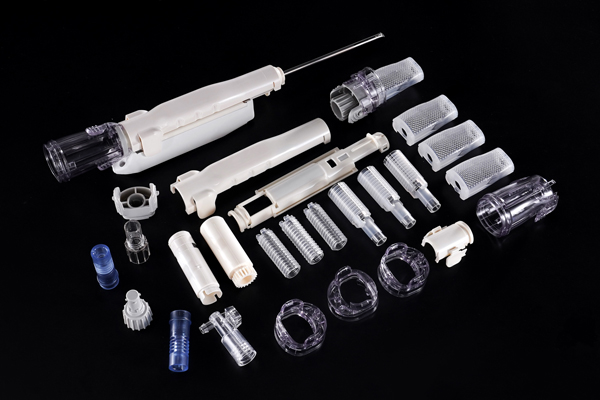
3. Mold Factors Leading to Short Shots
3.1 Poor Mold Venting
During the injection molding process, the air inside the mold cavity needs to be discharged in a timely manner. If the mold's venting system is poorly designed or the venting slots are blocked, the air cannot be smoothly discharged, creating high pressure inside the cavity that hinders material flow and causes short shots. This problem is particularly prominent in deep cavities, corners, and parting surfaces of the mold.
Solution: Optimize the design of the mold's venting system, reasonably set the position, quantity, and size of venting slots. Regularly clean the venting slots to ensure smooth venting. For some complex molds, vacuum venting or the use of special materials like porous steel can be employed to improve venting effects.
3.2 Unreasonable Design of the Mold Runner System
The mold runner system consists of the main runner, branch runners, and gates, and its design directly affects material flow and filling effects. If the runner size is too small, the runner bending radius is too small, or the gate position is improper, it will increase the flow resistance of the material, causing it to flow slowly in the runners and fail to fill the cavity in a timely manner, resulting in short shots.
Solution: According to the shape, size of the product, and the characteristics of the material, reasonably design the mold runner system. Appropriately increase the runner size, optimize the runner shape and layout to ensure smooth material flow. Reasonably select the gate position and type to avoid situations where the gate is too far from the cavity or the gate cross-sectional area is too small.
3.3 Improper Mold Temperature Control
Mold temperature has a significant impact on the flowability and filling effect of materials. If the mold temperature is too low, the material viscosity increases, and its flowability deteriorates, making it difficult to fill the cavity. If the mold temperature is too high, the material may degrade, change color, and also extend the mold cooling time, affecting production efficiency.
Solution: According to the characteristics of the material and product requirements, reasonably control the mold temperature. A mold temperature controller can be used to heat and cool the mold to ensure uniform and stable mold temperature. During the injection molding process, regularly check the mold temperature and adjust the parameters of the mold temperature controller in a timely manner.
4. Injection Molding Process Factors Leading to Short Shots
4.1 Insufficient Injection Pressure
Injection pressure is the driving force that pushes the material to fill the cavity. If the injection pressure is too low, the material cannot overcome the resistance in the runners and cavity and cannot fully fill the cavity, resulting in short shots. The injection pressure depends on factors such as material properties, product shape and size, and mold structure.
Solution: Appropriately increase the injection pressure according to the actual situation to ensure that the material can smoothly fill the cavity. However, note that the injection pressure should not be too high; otherwise, it may cause mold damage, flash, and other problems.
4.2 Improper Injection Speed
Both too fast and too slow injection speeds can lead to short shots. When the injection speed is too fast, the material is in a turbulent state in the cavity, easily entraining air and forming bubbles that hinder material flow. When the injection speed is too slow, the material cools and solidifies in the runners, reducing its flowability and failing to fill the cavity in a timely manner.
Solution: According to the product shape and material characteristics, reasonably adjust the injection speed. For complex-shaped and thin-walled products, multi-stage injection speeds can be used. First, inject slowly to allow the material to fill the front end of the mold, then inject quickly to fill the main part of the cavity, and finally inject slowly for packing to ensure product quality.
4.3 Insufficient Packing Pressure and Time
Packing is the process of continuing to apply pressure to the material in the cavity after injection is completed to compensate for material shrinkage and ensure product density. If the packing pressure is insufficient or the packing time is too short, the material will shrink during cooling, resulting in depressions or short shots on the product surface.
Solution: Appropriately increase the packing pressure and extend the packing time to ensure that the material can fully fill the cavity and compensate for shrinkage. However, note that the packing pressure and time should not be too large or too long; otherwise, it may cause internal stress and flash in the product.
5. Equipment Factors Leading to Short Shots
5.1 Insufficient Plasticizing Capacity of the Injection Molding Machine
The plasticizing capacity of an injection molding machine refers to its ability to melt and uniformly plasticize the material per unit time. If the plasticizing capacity of the injection molding machine is insufficient, the material has poor plasticizing quality and uneven flowability, which will affect the filling effect and cause short shots.
Solution: Select an injection molding machine with an appropriate specification according to the production requirements of the product to ensure that its plasticizing capacity can meet production needs. Regularly maintain and inspect the injection molding machine, check the wear conditions of components such as the screw and barrel, and replace damaged components in a timely manner to ensure the plasticizing performance of the injection molding machine.
5.2 Hydraulic System Failures of the Injection Molding Machine
The hydraulic system of an injection molding machine provides power for actions such as injection and packing. If the hydraulic system fails, such as insufficient hydraulic pump pressure or hydraulic valve leakage, it will cause unstable injection pressure and packing pressure, affecting material filling and product quality, and resulting in short shots.
Solution: Regularly inspect and maintain the hydraulic system of the injection molding machine to ensure stable pressure and good sealing of the hydraulic system. Replace hydraulic oil and filter elements in a timely manner to ensure the cleanliness of the hydraulic oil.
6. Conclusion
Short shots in medical injection molding are a complex issue influenced by multiple factors such as materials, molds, injection molding processes, and equipment. In actual production, it is necessary to comprehensively consider these factors and effectively solve the short shot problem by optimizing material selection, improving mold design, adjusting injection molding process parameters, and strengthening equipment maintenance. At the same time, quality control and inspection should be strengthened during the production process to promptly detect and handle quality issues such as short shots, ensuring that products meet relevant standards and requirements in the medical industry.
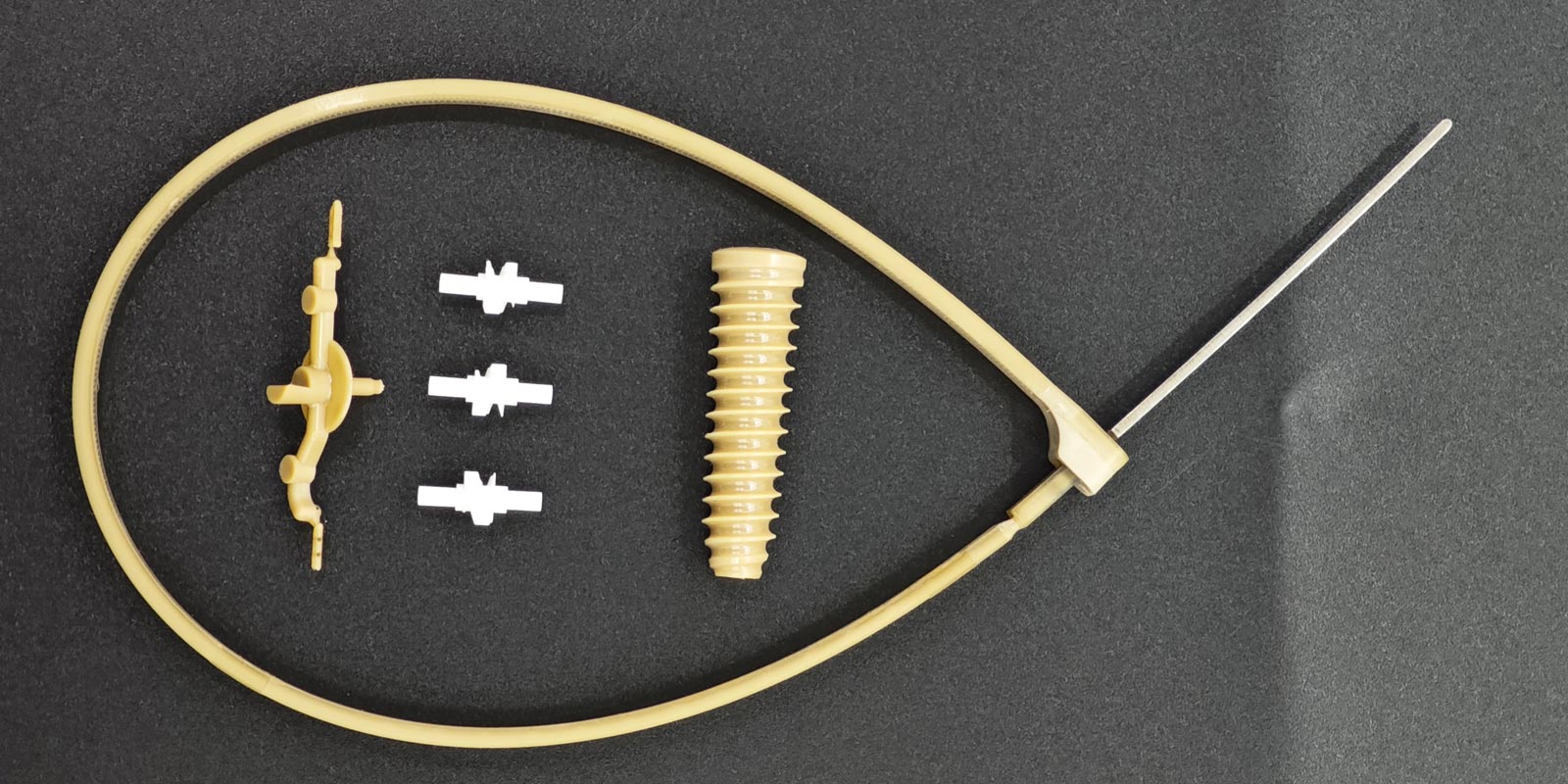
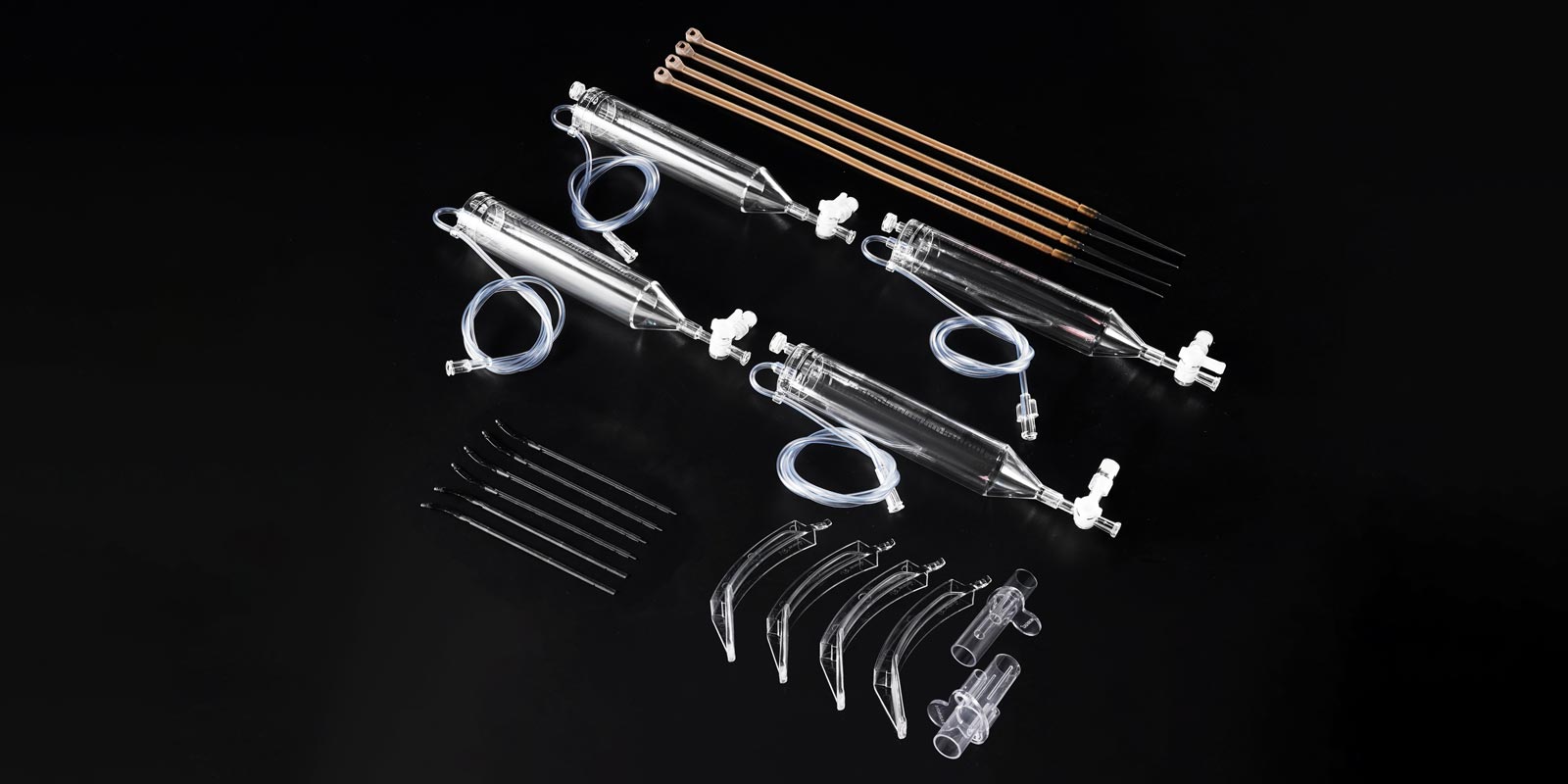
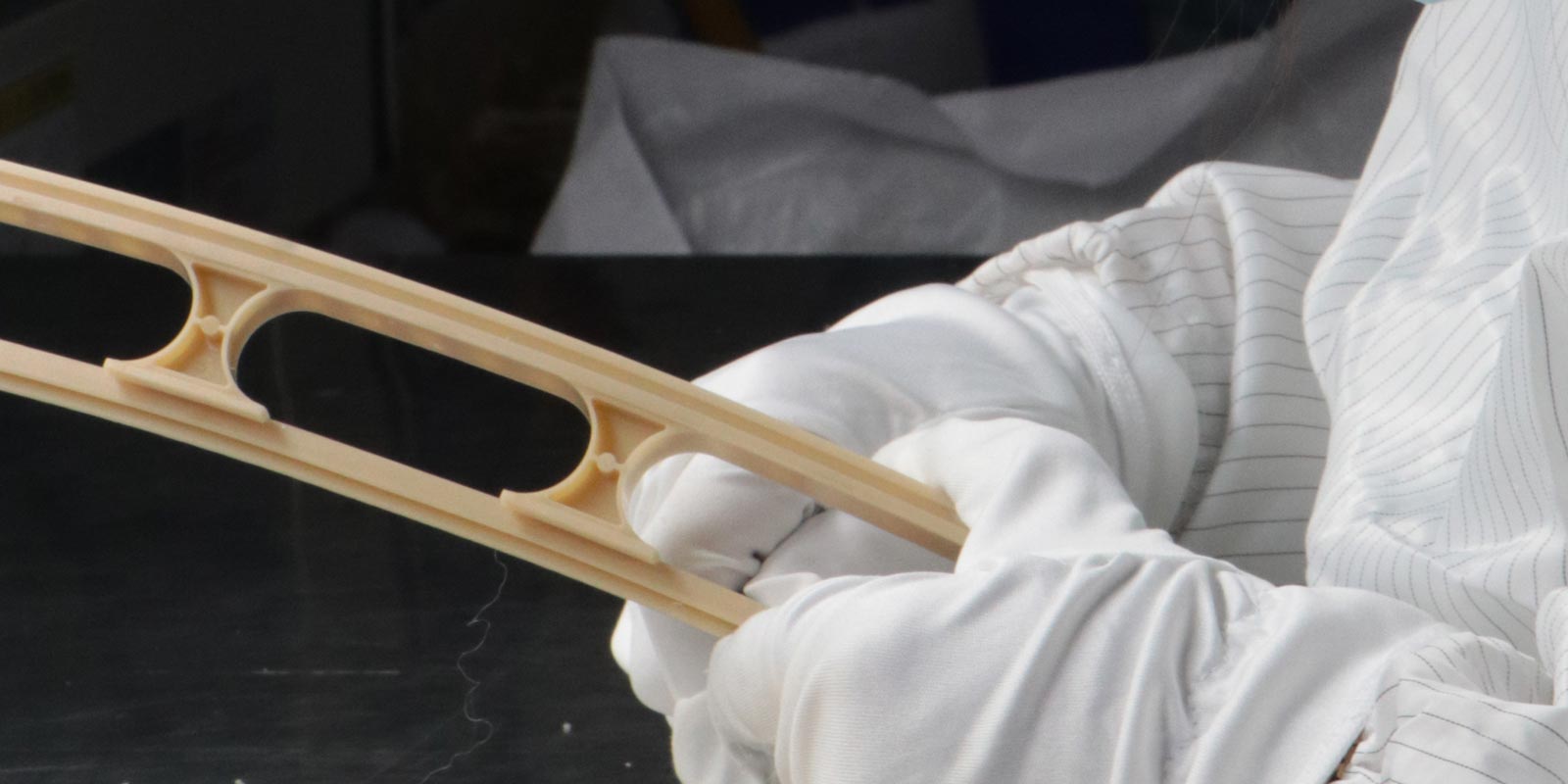
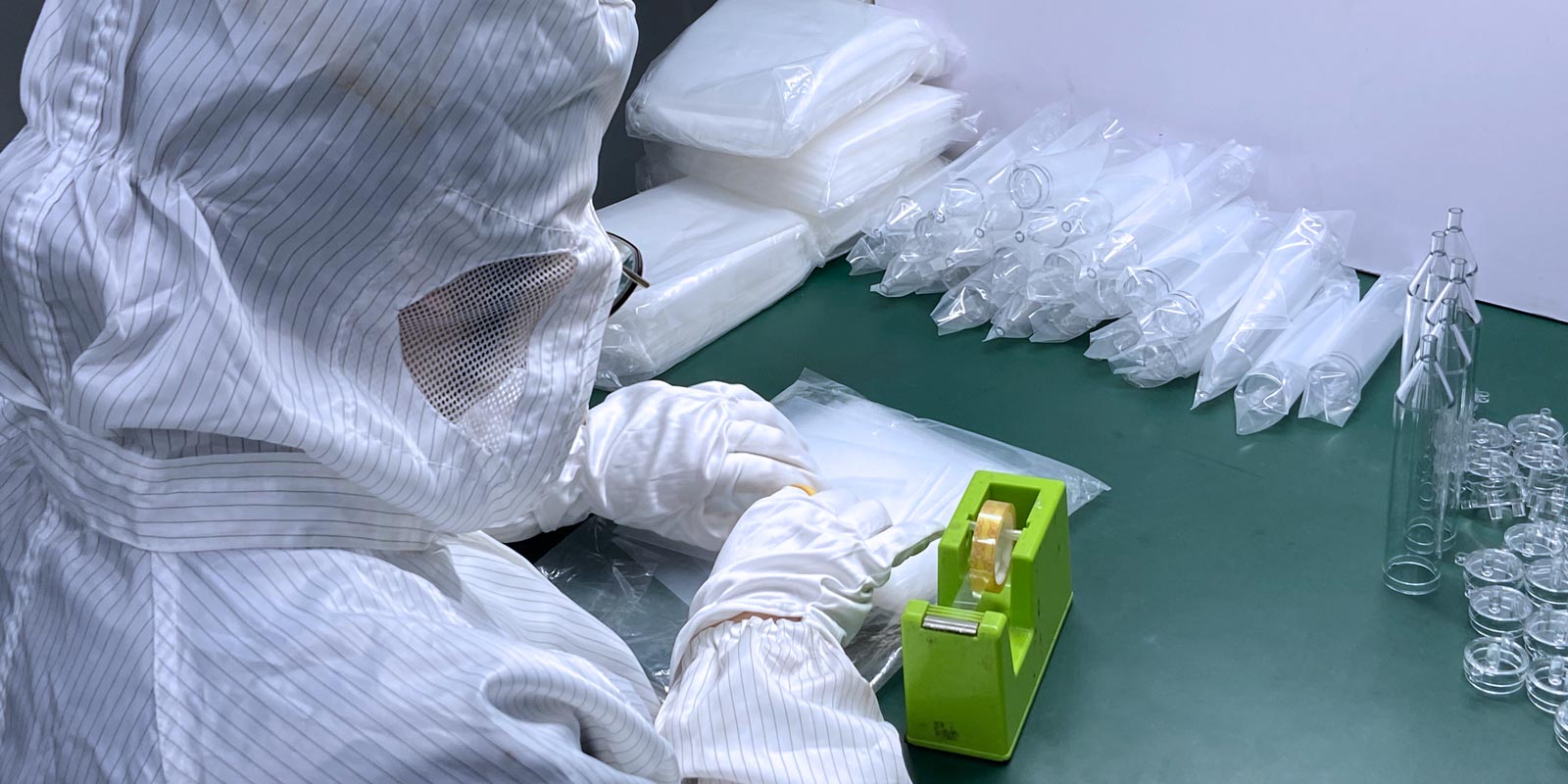
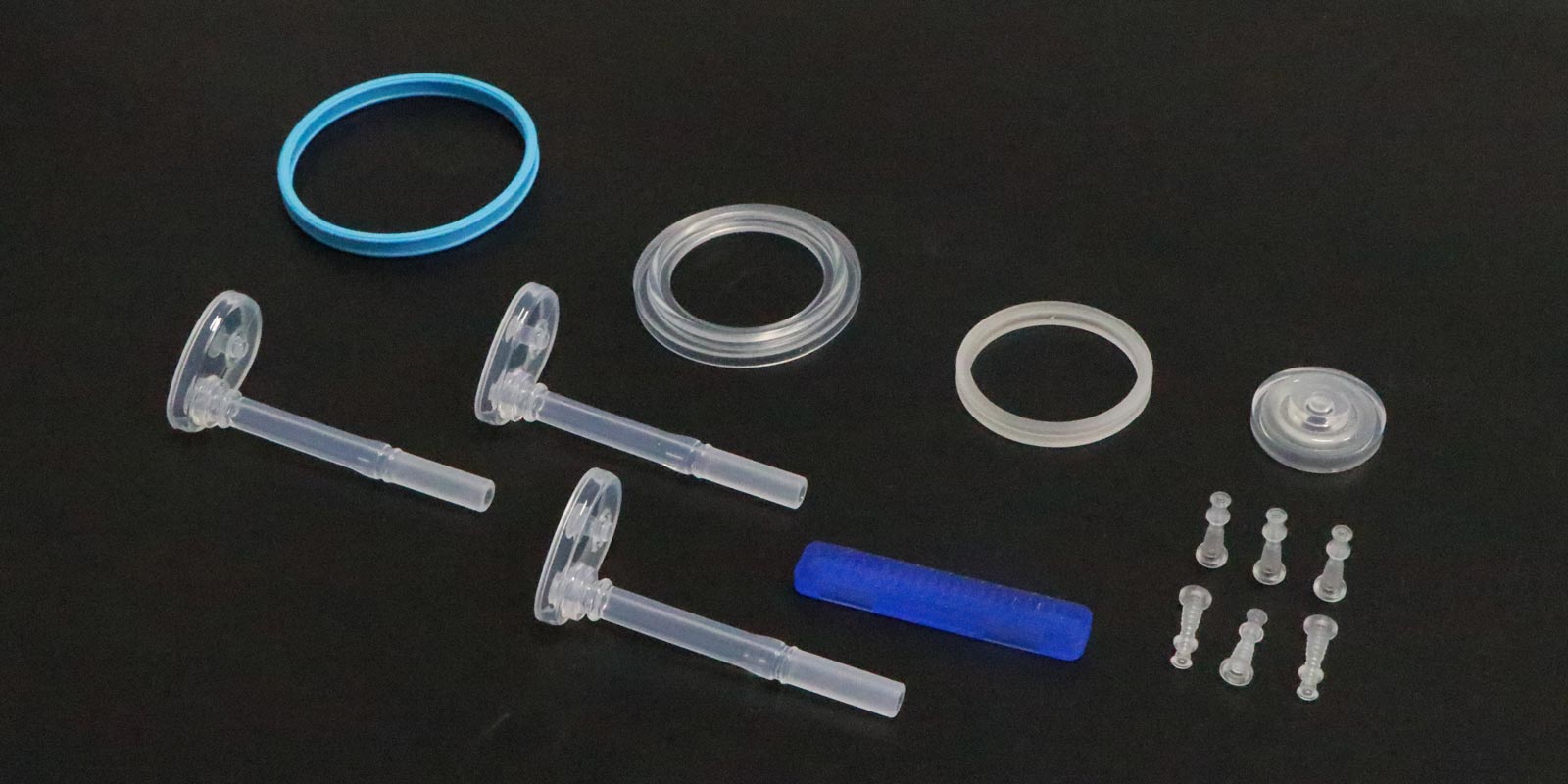
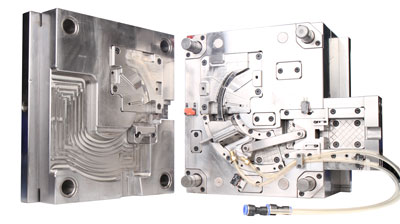
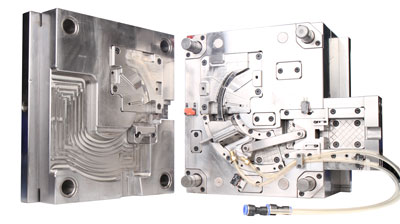
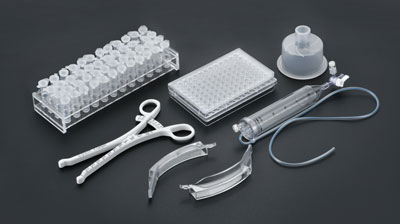








 Home
Home
